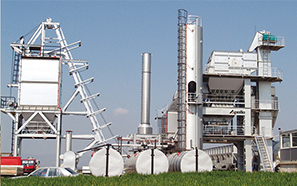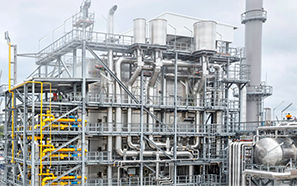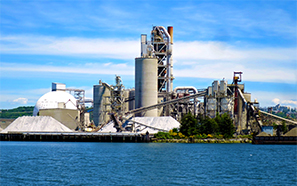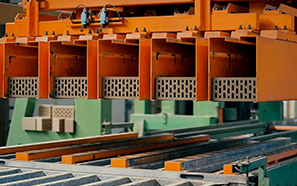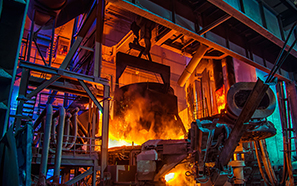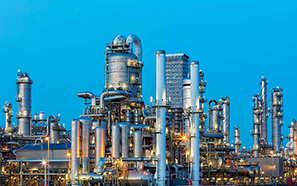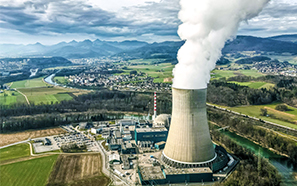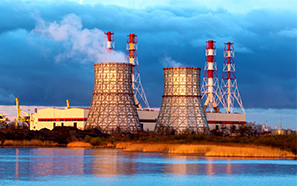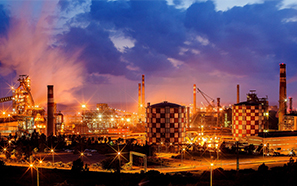Overview
The YLDC Pulse Jet Dust Collector is a cutting-edge Dust Extraction System engineered to handle the demanding requirements of cement vertical kilns. This Baghouse Dust Collector is known for its superior dust removal efficiency and compliance with stringent environmental standards. With a low-pressure pulse cleaning system, it ensures high-intensity cleaning without disrupting airflow. Its advanced filter bag design eliminates leakage risks and simplifies assembly and disassembly. Featuring six-meter-long filter bags and compact dimensions, this Heavy-Duty Dust Collector maximizes filtration performance while saving installation space.
Key Features
-
Exceptional Filtration Efficiency: The dust collector achieves stable emission levels below national standards, ensuring optimal air quality.
-
Innovative Cleaning Technology: The low-pressure pulse jet cleaning system provides strong cleaning action without halting operation.
-
Advanced Filter Bag Installation: Soft expansion rings prevent dust leakage, ensuring secure attachment and easy maintenance.
-
Space-Saving Design: Compact size and long filter bags enhance efficiency while minimizing footprint.
-
Low Maintenance Requirements: This Dust Removal Equipment operates without transmission components, requiring only routine inspections.
Structure and Working Principle
The YLDC Pulse Jet Bag Dust Collector features a robust structure comprising an ash hopper, middle box, upper box, pulse cleaning mechanism, and pulse controller. Dust-laden air is evenly distributed through the gas distribution plate, with larger particles settling in the ash hopper due to inertia. Finer particles are captured on the outer surface of filter bags, while clean air passes through and exits via the outlet.
As dust accumulates, the equipment’s resistance increases, prompting the pulse controller to initiate the cleaning cycle. Compressed air is injected into the filter bags through nozzles, dislodging accumulated dust, which then falls into the ash hopper for disposal. The system supports customizable cleaning modes, including time-based or constant pressure cycles, ensuring uninterrupted operation and maximum efficiency.
Model Specifications and Technical Performance
The technical specifications, including filtration area, airflow, and dimensions, are listed in the attached table. This Customizable Dust Collector can be configured to suit specific industrial applications, ensuring optimal performance.
Installation and Debugging
Installation Steps
-
Prepare the foundation for the Dust Removal Equipment.
-
Install the bottom steel structure, ash hopper, middle box, and upper box in sequence.
-
Assemble the air collection box, ash cleaning device, and gas system.
-
Carefully install the filter bags, bag cages, and pulse cleaning components.
Installation Precautions
-
Ensure all connections are sealed tightly to prevent air leaks.
-
Use clean compressed air, free of water and oil, for the cleaning system.
-
Avoid stepping on filter bags during installation to prevent damage.
Debugging
-
Confirm the proper operation of the pulse cleaning system and spray sequence.
-
Maintain compressed air pressure between 0.20-0.35 MPa.
-
Conduct no-load and load operation tests to ensure all components function correctly.
Operation Guidelines
Startup Procedures
-
Inspect the system to ensure all components, including the pulse controller, are functioning correctly.
-
Gradually increase the flue gas temperature to 100-120°C before commencing full operation.
Normal Operation
-
Maintain flue gas temperatures within 80-120°C to avoid condensation or overheating of filter bags.
-
Regularly drain the air-water separator and check the cleaning system for optimal performance.
Shutdown Procedures
-
Continue running the dust removal system for 30-60 minutes after kiln shutdown to ensure thorough cleaning.
-
Turn off the pulse controller and close all valves.
Maintenance and Care
-
Assign trained personnel to manage the Dust Removal Equipment and maintain detailed operation logs.
-
Regularly inspect the cleaning system for any malfunctions or damage to components like diaphragms and valves.
-
Replace or repair filter bags and nozzles as needed to maintain optimal filtration performance.
-
Ensure all lubrication points are serviced on schedule to reduce wear and tear.









